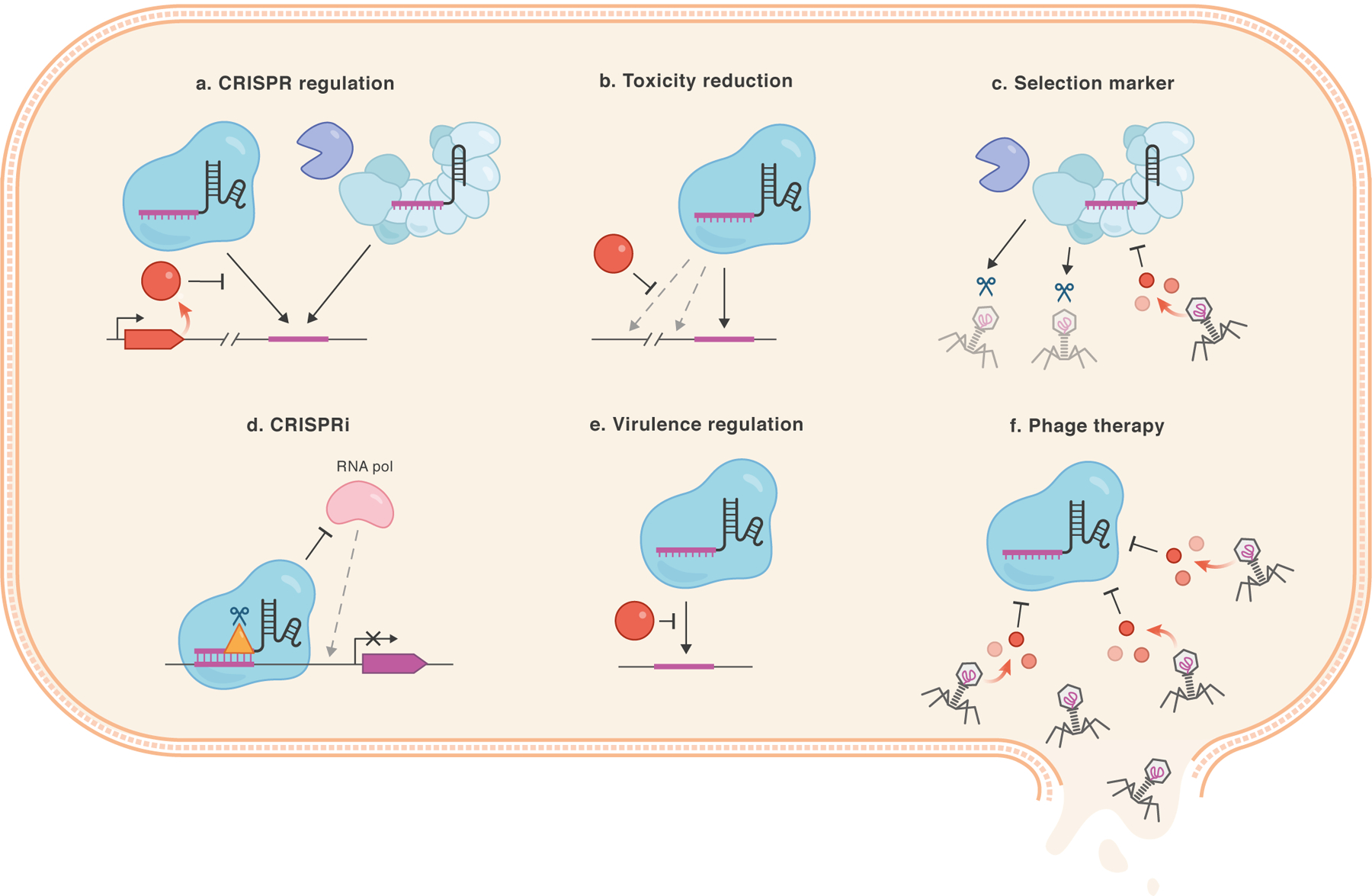Figure 2. Applications of acrs in prokaryotes.

acrs have the potential to serve a wide variety of functions in bacteria. a. Acr proteins (red circle) may block editing by endogenous or exogenous CRISPR-Cas systems. b. Acr proteins (red circle) may help reduce the occurrence of any unwanted genomic editing events that contribute to toxicity. c. acrs can serve as selectable markers in the genetic editing of bacteriophages. d. Acr proteins (e.g. AcrIIC1, AcrIF3, AcrIE1, yellow triangle) can disable the endonuclease activity of the effector nuclease, thereby repurposing it as a CRISPR interference system for gene knockdown applications. e. CRISPR-Cas machinery can contribute to bacterial virulence, for example, through binding to genomic DNA. Administration of Acr proteins may prevent these non-canonical functions of CRISPR-Cas systems. f. The viral expression of Acr proteins can potentially broaden the host range of phage therapeutics by inhibiting CRISPR-Cas immunity.
